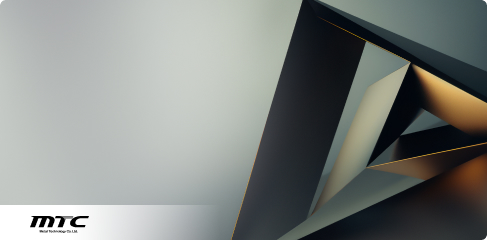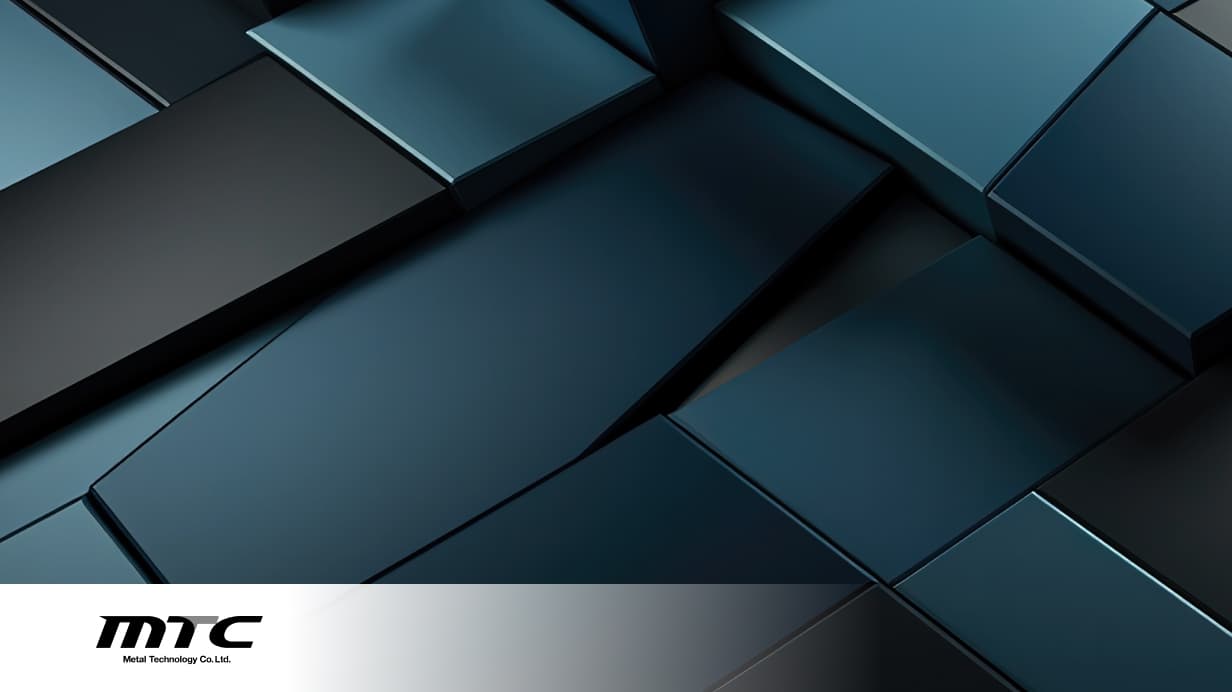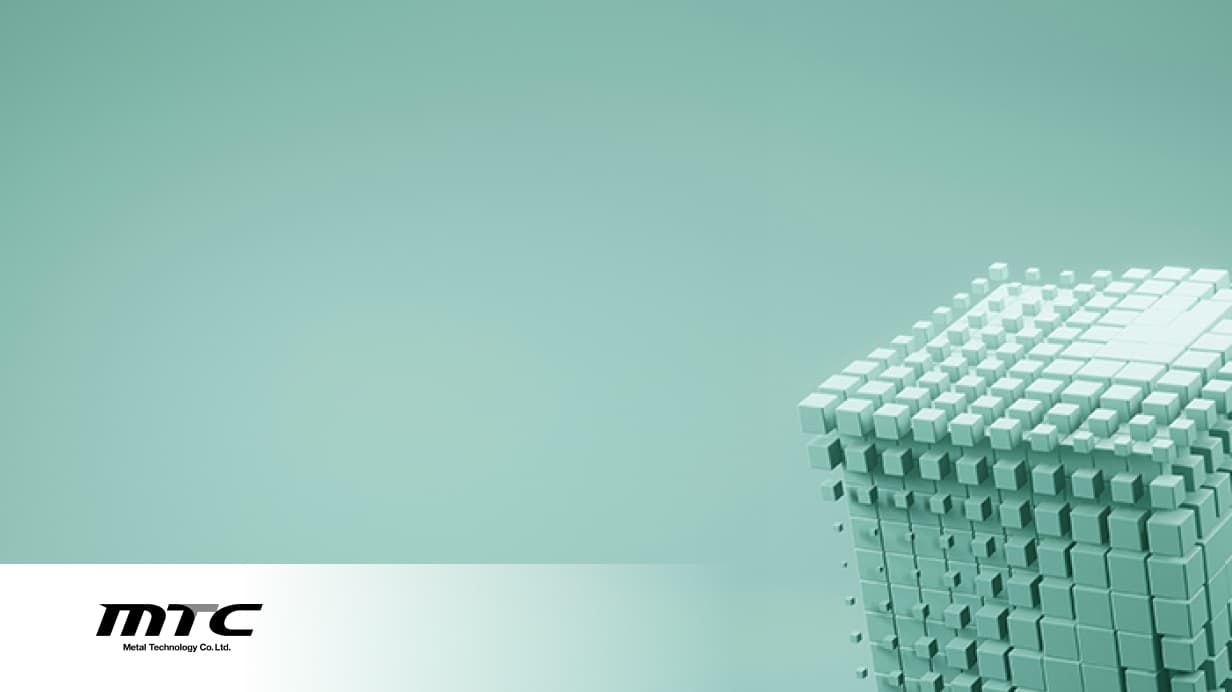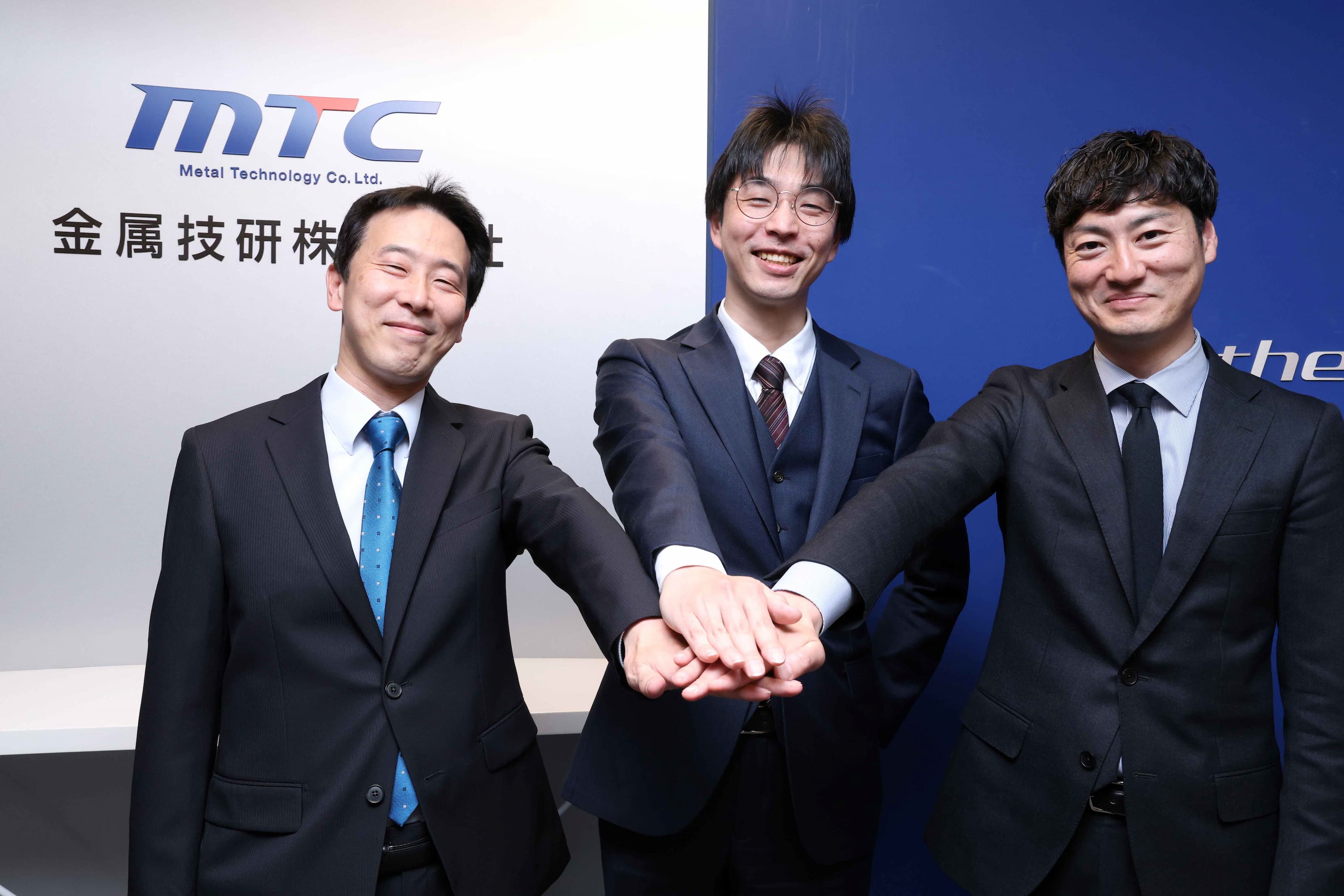
Canon and Metal Technology Co. Ltd (MTC). Launch Manufacturing Service for Ceramic Additive Manufacturing
<Discussion Members>
■Hiroshige Masuo, R&D Department, Technical Development Division, MTC,
■Koji Nishikawa, Materials Technology Development Center, Core Technology Development Headquarters,
Canon Inc.
■Yuta Aoki, Sales Group 2, Industrial Equipment Business Unit, Canon Marketing Japan Inc.
MTC, Canon, and Canon Marketing Japan (Canon MJ) have collaborated to launch a new contract-based ceramic 3D printing service. Using materials such as alumina, silica, and carbide-based ceramics, MTC handles the actual additive manufacturing with a metal 3D printer. Canon plans to start supplying materials for 3D printers in the future. This joint service by the three companies features a binder-free process (without resin binders), enabling more shape-accurate prints compared to conventional methods. This allows the production of high-precision ceramic parts without concerns over residual binder.
Chairman: Thank you all for gathering today. To start, could you tell us about the key features and current status of this ceramic contract manufacturing service using metal 3D printers?
Nishikawa: Materials for components are generally categorized into three types: resin, metal, and ceramic. Resins and metals are easier to bend and machine, making them more suitable for traditional manufacturing methods. Ceramics, on the other hand, are difficult to process. That’s why a service like this, which can rapidly produce complex, custom-shaped ceramic parts using existing metal 3D printers, is highly valuable.
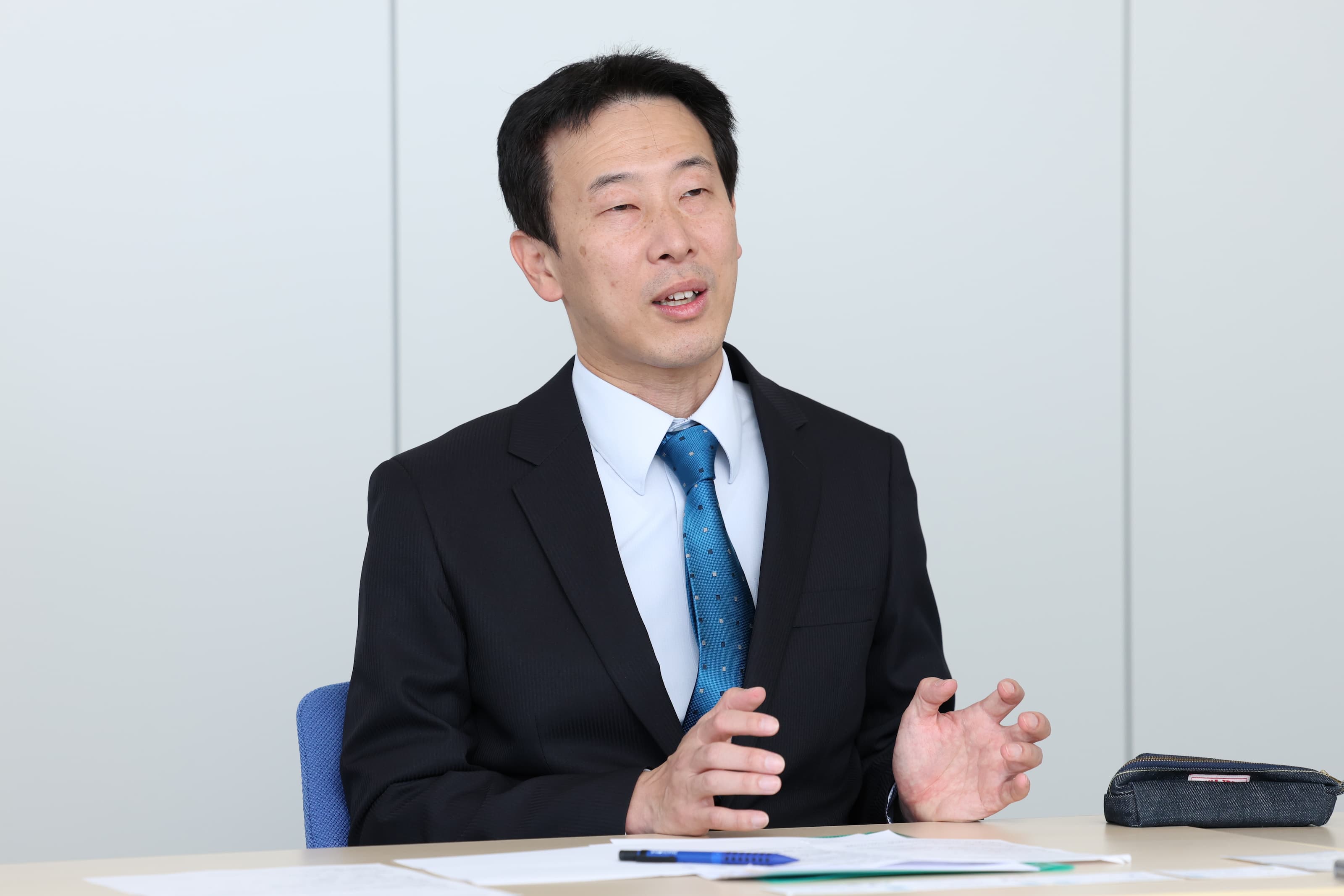
Aoki: Ceramics are used in fields such as aerospace, defense, semiconductors, and heavy electrical equipment. The service is currently in the prototyping phase, but we hope to transition to mass production soon. We’ve already received inquiries from potential customers, and we aim to move forward to mass production by closely collaborating with MTC to meet their demands.
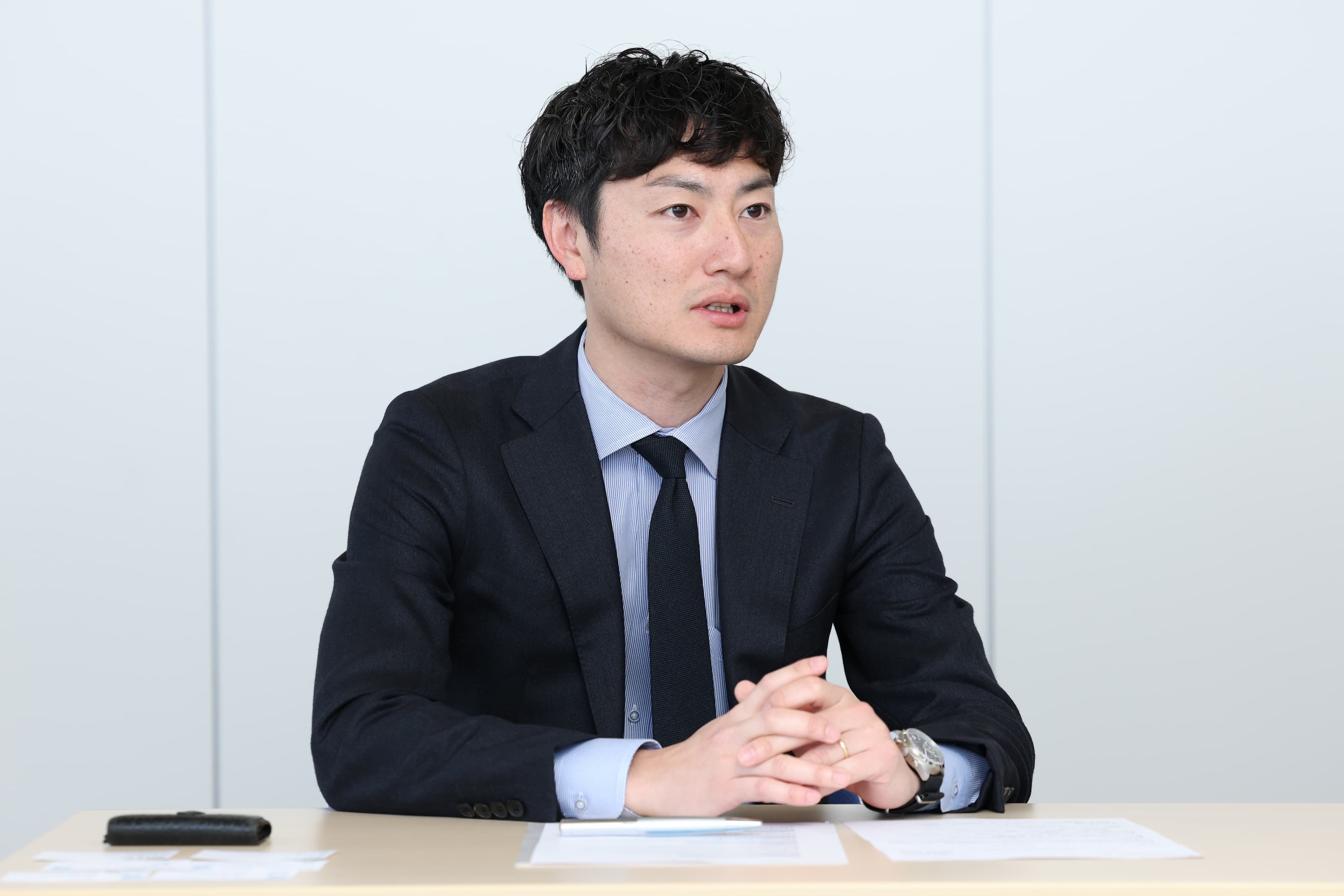
Masuo: Canon provides the powders used as materials, and they have a solid marketing infrastructure. MTC handles the contract-based 3D printing. We announced this service at an exhibition in January, and several companies approached us there. People with deep knowledge of 3D printing are particularly surprised by what can now be done with ceramics. As we gather more data, I believe the appeal of ceramic 3D printing will become even clearer to more customers.
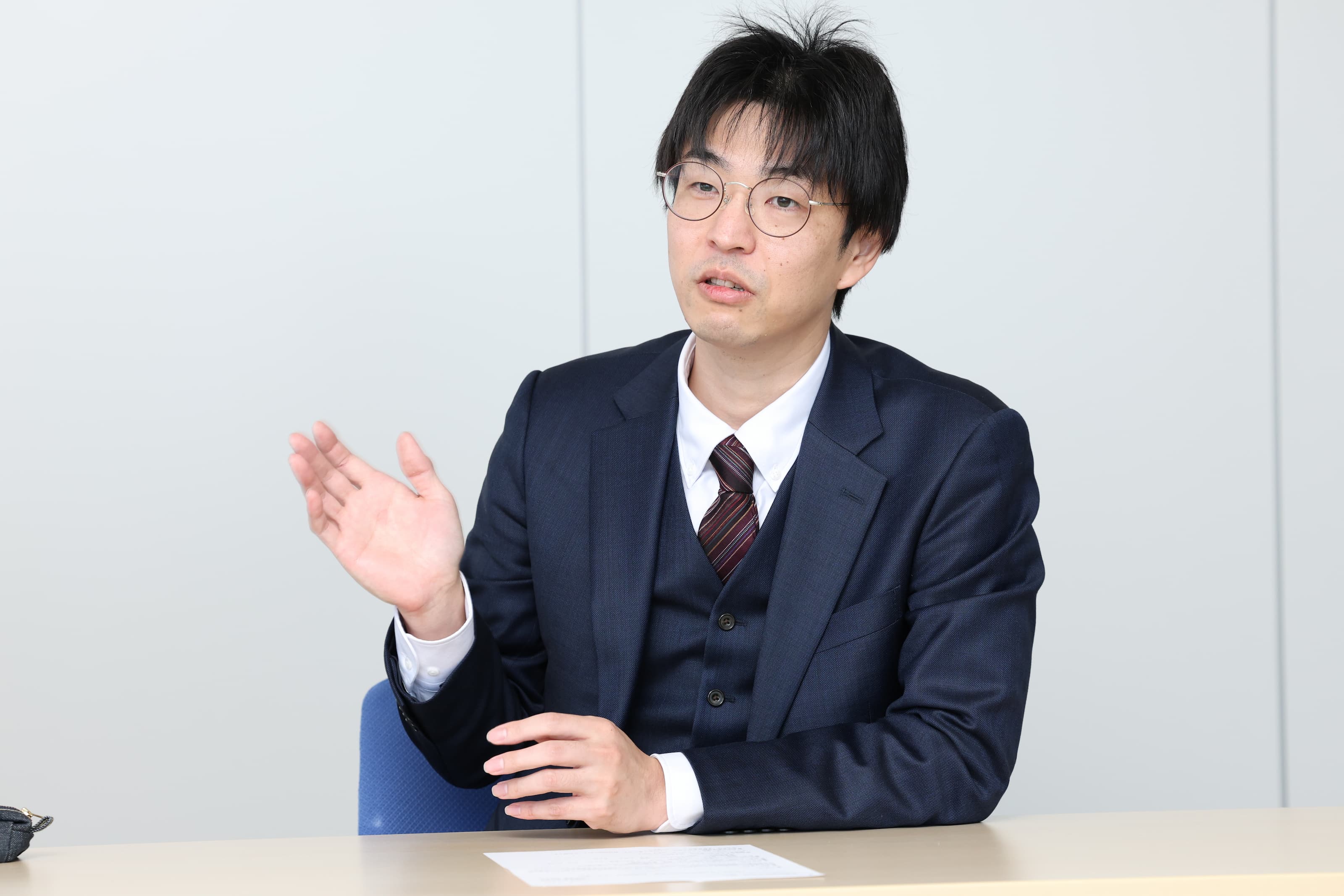
Chairman: It seems your service offers strong competitive advantages and clear differentiation.
Masuo: Traditionally, ceramic manufacturing methods are very specialized and not well-suited to complex shapes. Even if customers wanted more intricate forms, they often had to compromise. With this new service, we can now create parts that were previously considered unmanufacturable.
Nishikawa: In conventional ceramic 3D printing, ceramic powder is mixed with a binder and shaped, then fired to remove the binder—much like traditional pottery. However, this process causes shrinkage as the binder burns off. Our technology eliminates the need for a binder. This is a major feature—shaping is done using powder alone. Ceramics flow less easily than metals, so laying the powder evenly during printing was a technical hurdle. However, Canon’s toner technology helped us improve powder flowability, and we applied that know-how to ceramic powder.
Masuo: Conventional ceramic 3D printing uses about 40% binder in the raw material, which shrinks after sintering. The larger the part, the greater the shrinkage, making precision control difficult. Also, if sintering is uneven, binder may remain. Our binderless process creates high-density prints from the start, which makes it ideal for clean manufacturing environments such as semiconductors, where contamination is a serious concern.
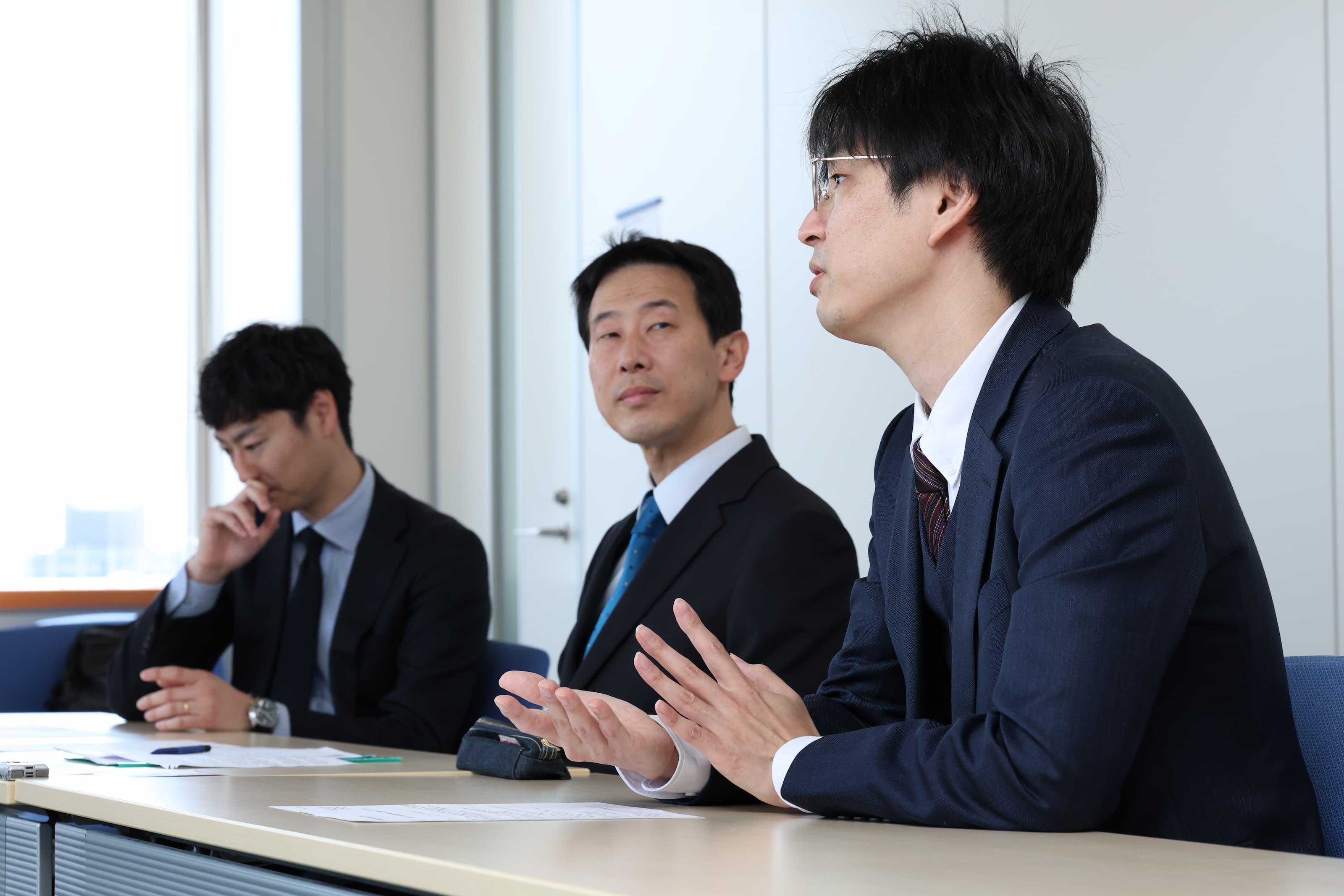
Aoki: Though we are a relatively new entrant, our technology has a competitive edge over conventional methods and existing ceramic 3D printing companies. The market for ceramic 3D printing is still in its early stages and quite small, but being able to manufacture ceramic parts—previously impossible with extrusion molding—using existing metal 3D printers is a huge advantage. Our mission is to expand the market, and our current priority is to drive prototyping.
Chairman: What led to this three-company collaboration?
Aoki: Canon MJ partnered with MTC for three reasons. First, MTC is highly recognized in the additive manufacturing (AM) industry, and that reputation is tied to technical capability. Second, their heat treatment solutions align well with Canon’s ceramic shaping technology. Finally, Canon MJ has been a distributor for U.S.-based 3D Systems since 2013. Around 2018, MTC adopted a 3D Systems metal printer, and we’ve built a relationship since then. We knew those printers could also be used for ceramics, so we persuaded MTC to collaborate with us.
Masuo: Since acquiring the metal 3D printer from Canon MJ, we’ve worked together on various sales initiatives. They’ve long been familiar with our company, and for the past two or three years, we’ve talked about possibly launching a contract manufacturing service. But to actually produce parts, Canon’s involvement was essential. The two companies alone couldn’t make it work. So about six months ago, we decided to move forward as a three-party collaboration.
Nishikawa: Canon had already been conducting early-stage research into ceramic shaping, and we understood what kinds of parts could be created. However, we lacked the infrastructure to guarantee part quality. Canon, however, has built strong quality assurance systems for powders through its toner experience. Thus, we decided to let MTC handle contract manufacturing while Canon focuses on supplying the powder. In the future, we plan to shift powder mass production and business operations to a Canon group company with strengths in materials.
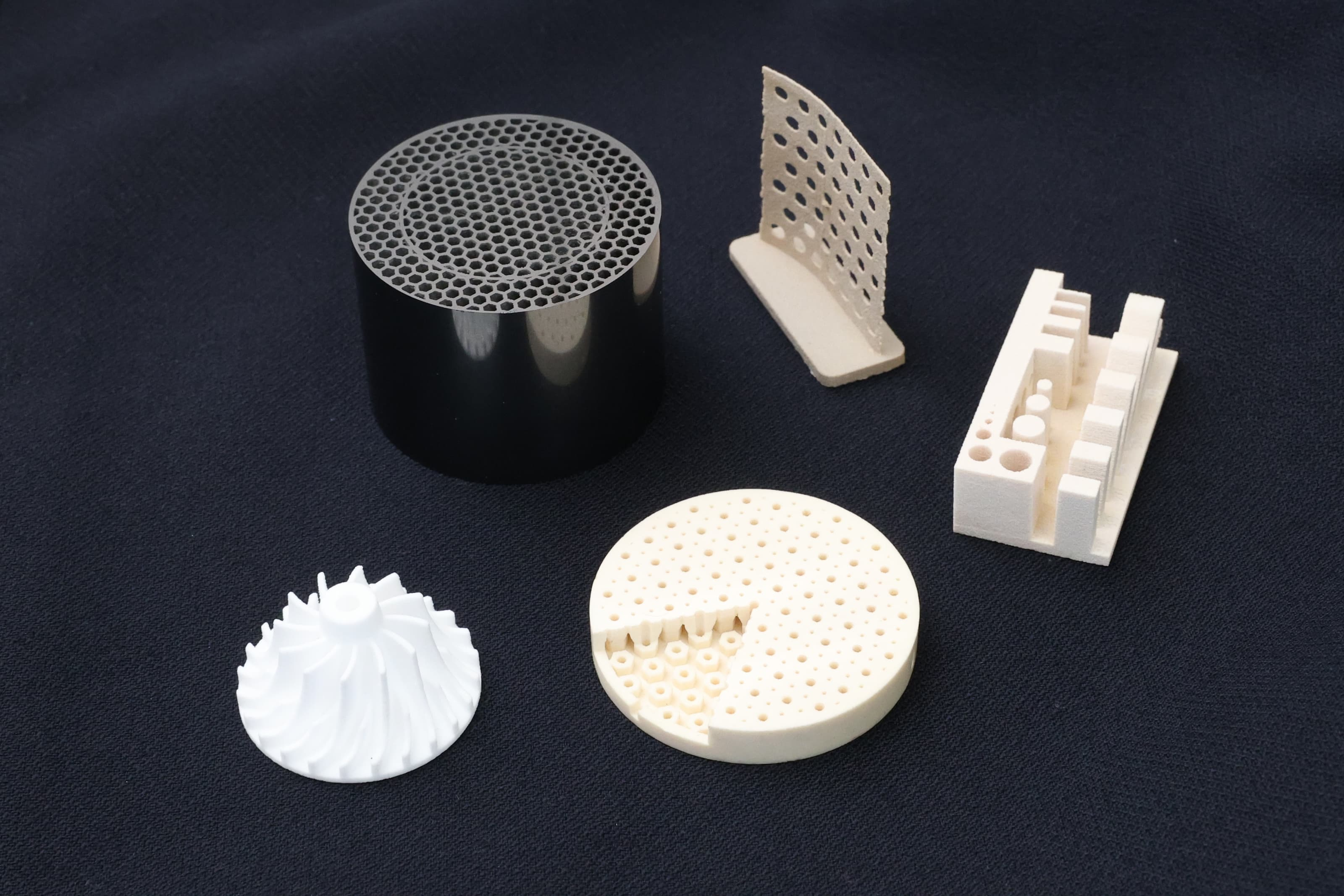
Chairman: This is clearly a promising technology and service. Could you share your mid- to long-term goals?
Aoki: We want MTC’s, name to become so well known that it can attract overseas customers and compete globally. In Europe and the U.S., 3D printing is already widely adopted, which makes international expansion easier. Looking at equipment utilization, the potential market size abroad is much larger than in Japan. There’s also a greater willingness overseas to experiment with novel parts. The barriers to adoption are lower, so ceramic 3D printing may actually spread faster globally.
Masuo: If MTC continues to focus solely on contract manufacturing, we may find ourselves competing with companies that purchase Canon’s powder. That’s not sustainable. MTC already has experience with ceramic brazing and bonding. By combining that know-how, we want to offer value-added applications—such as attaching metal parts to ceramic-printed components. Gathering data is also important. We’ll collect data on strength, insulation, and corrosion resistance—typical of ceramics—and establish quality assurance and safety systems to grow our customer base.
Nishikawa: I believe a part’s performance depends on its material. By refining powder compositions and manufacturing processes, and expanding our product lineup, we aim to help customers improve the performance of their final products.
Chairman: Thank you for sharing your exciting outlook for the future.

